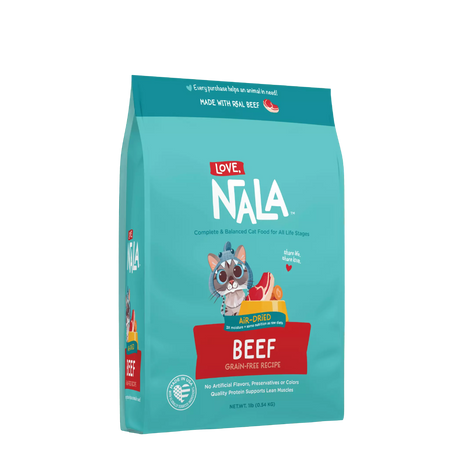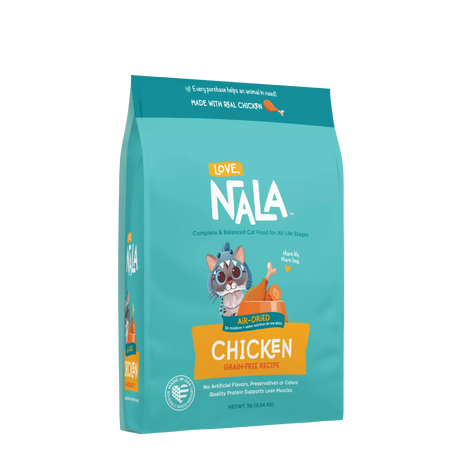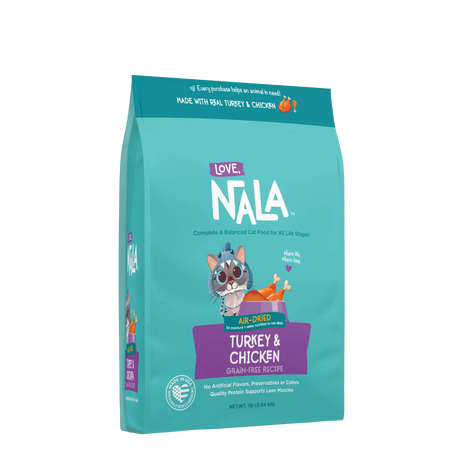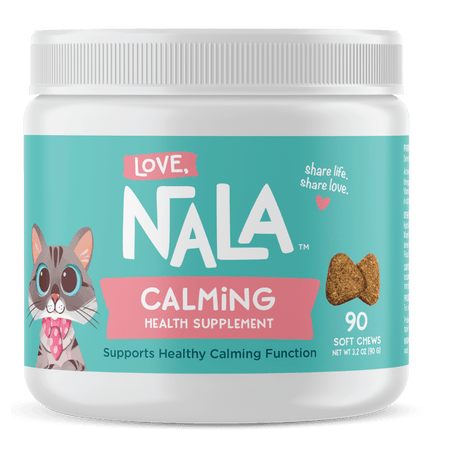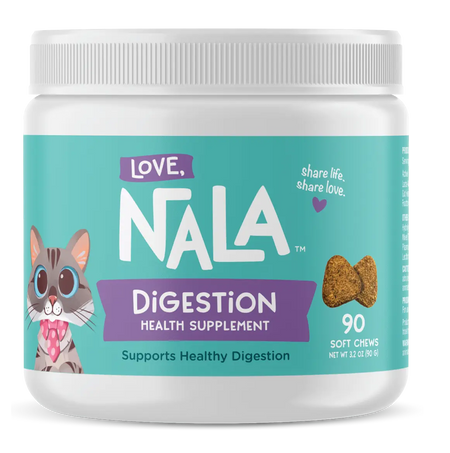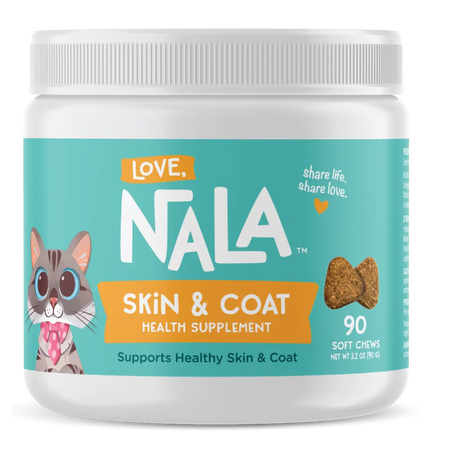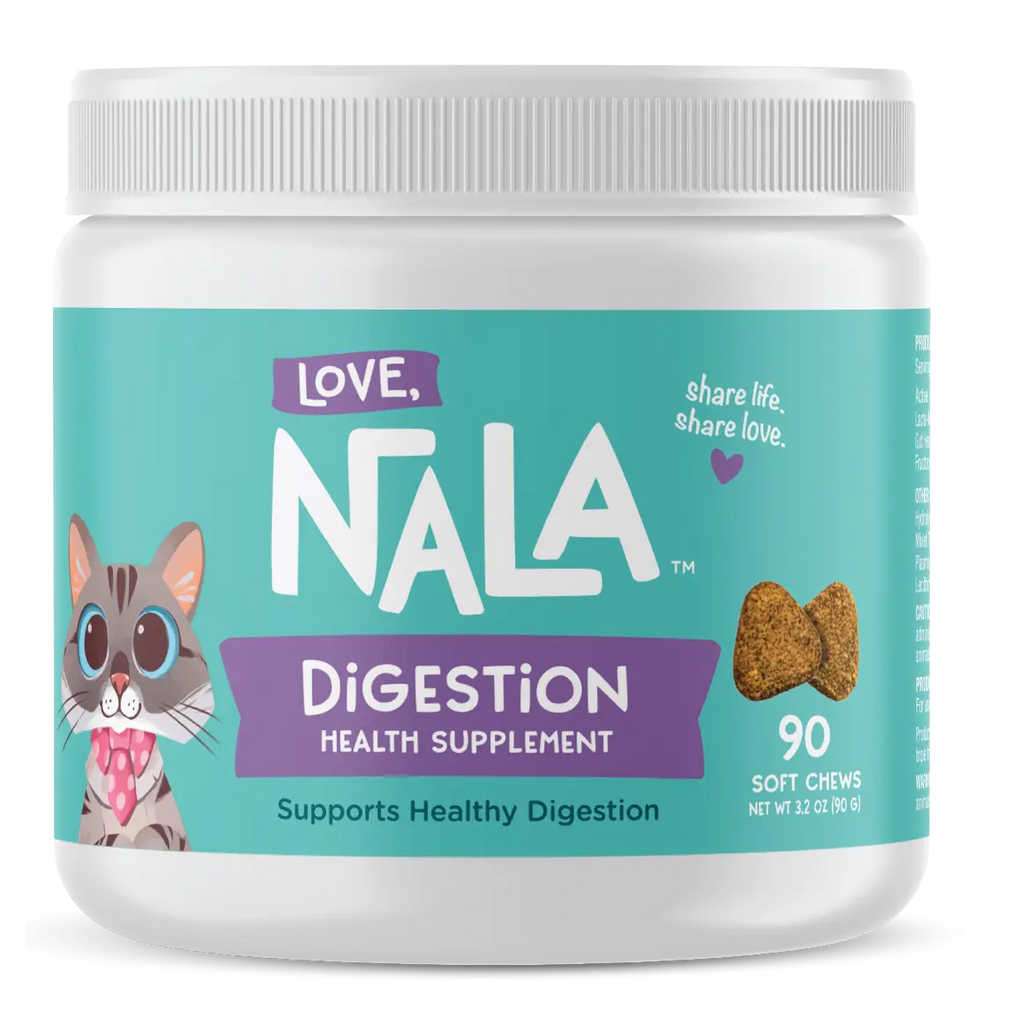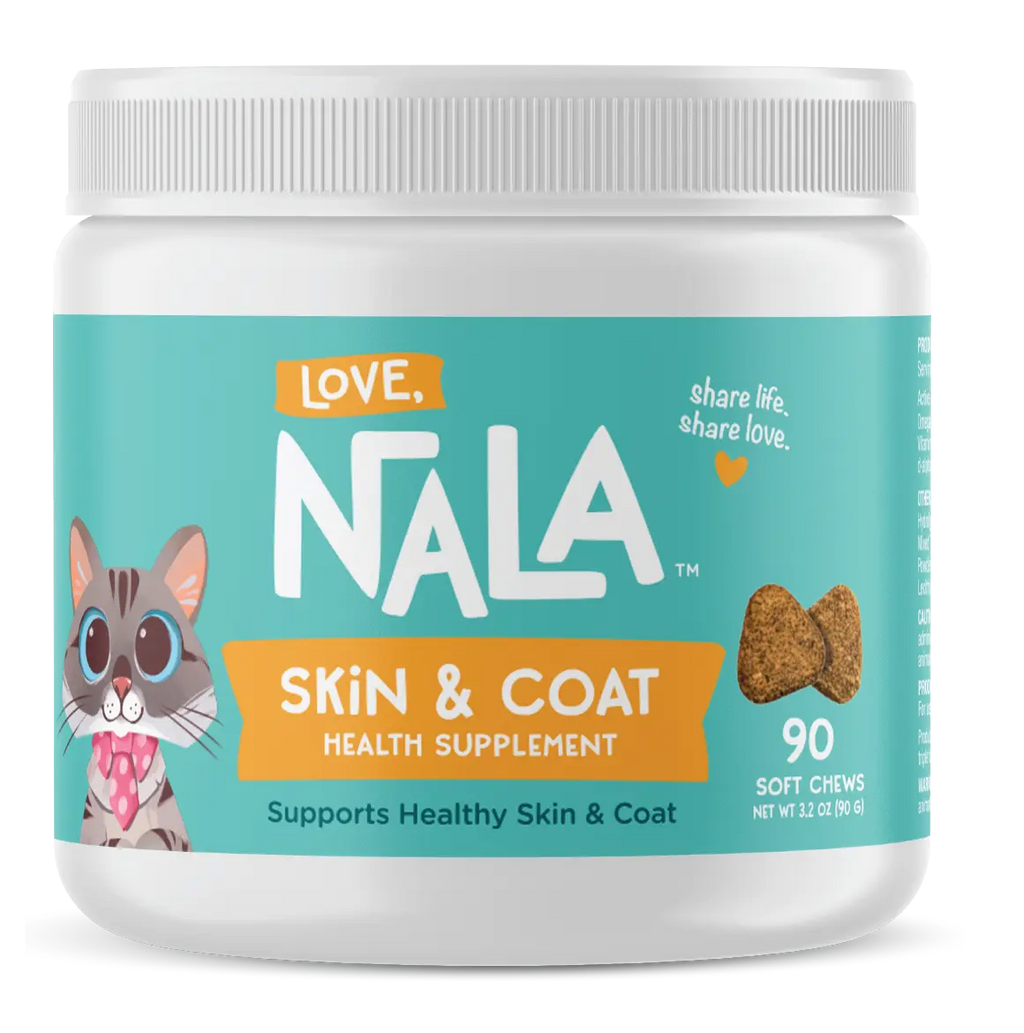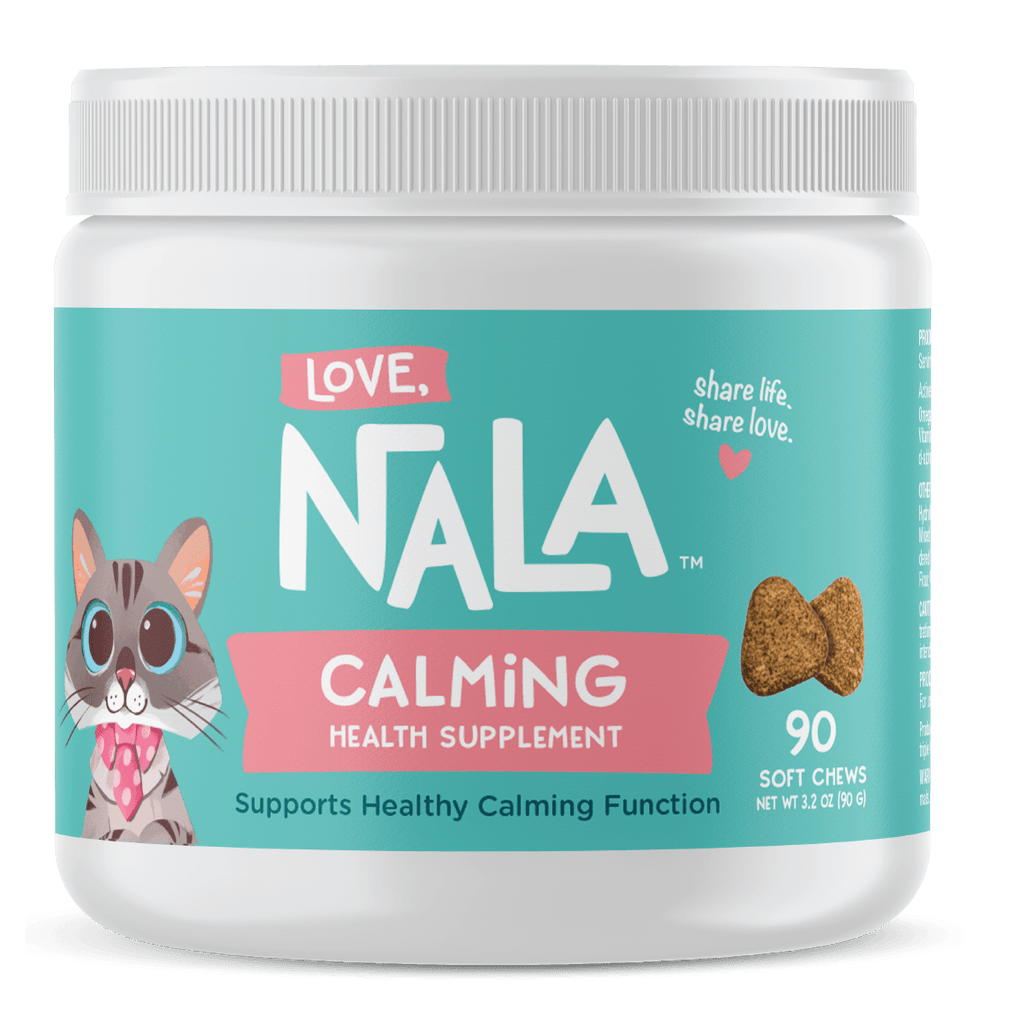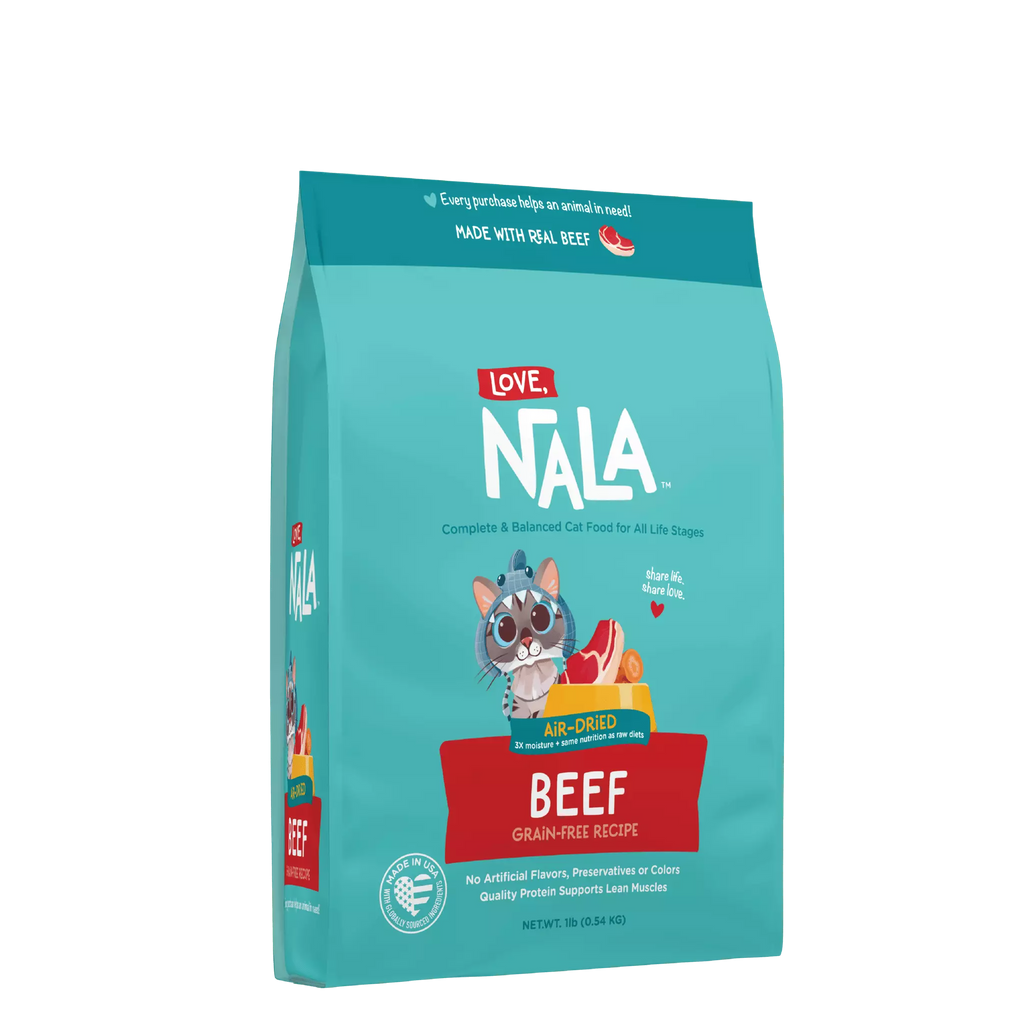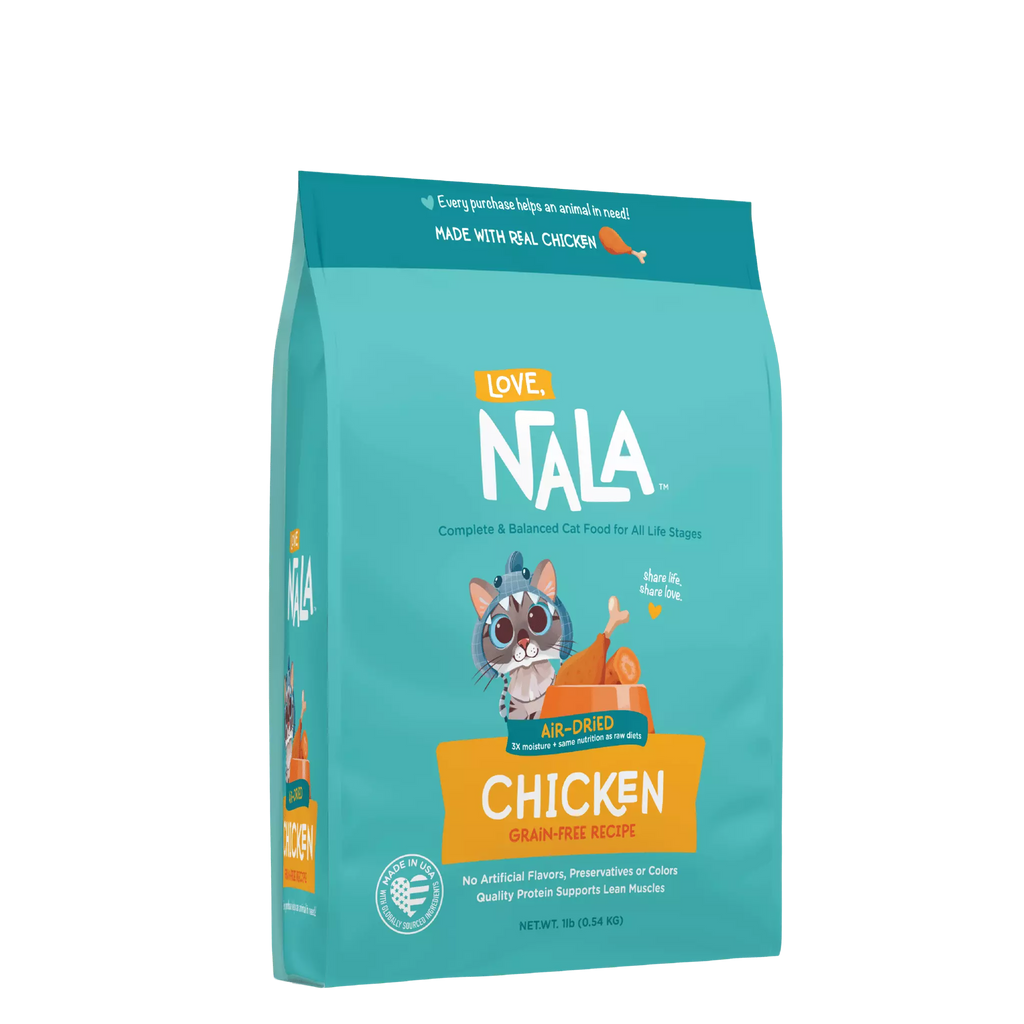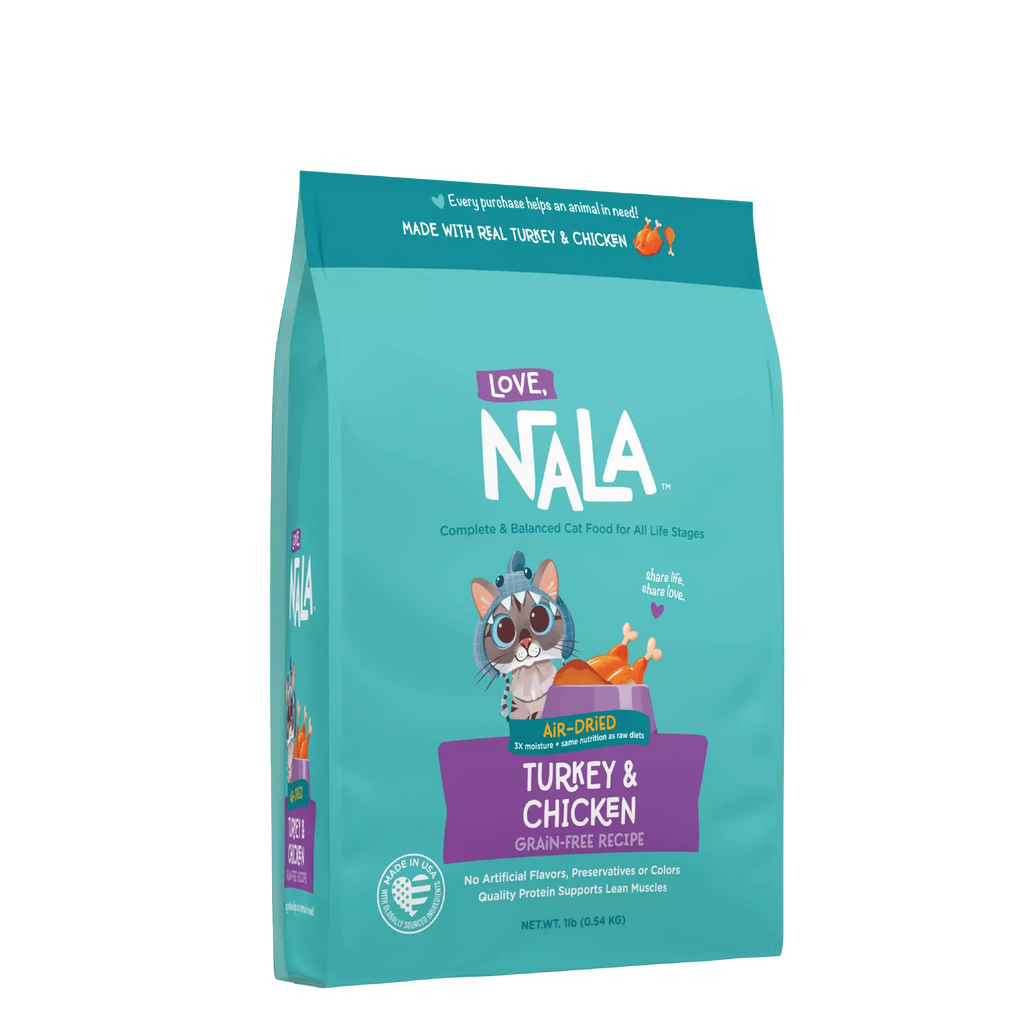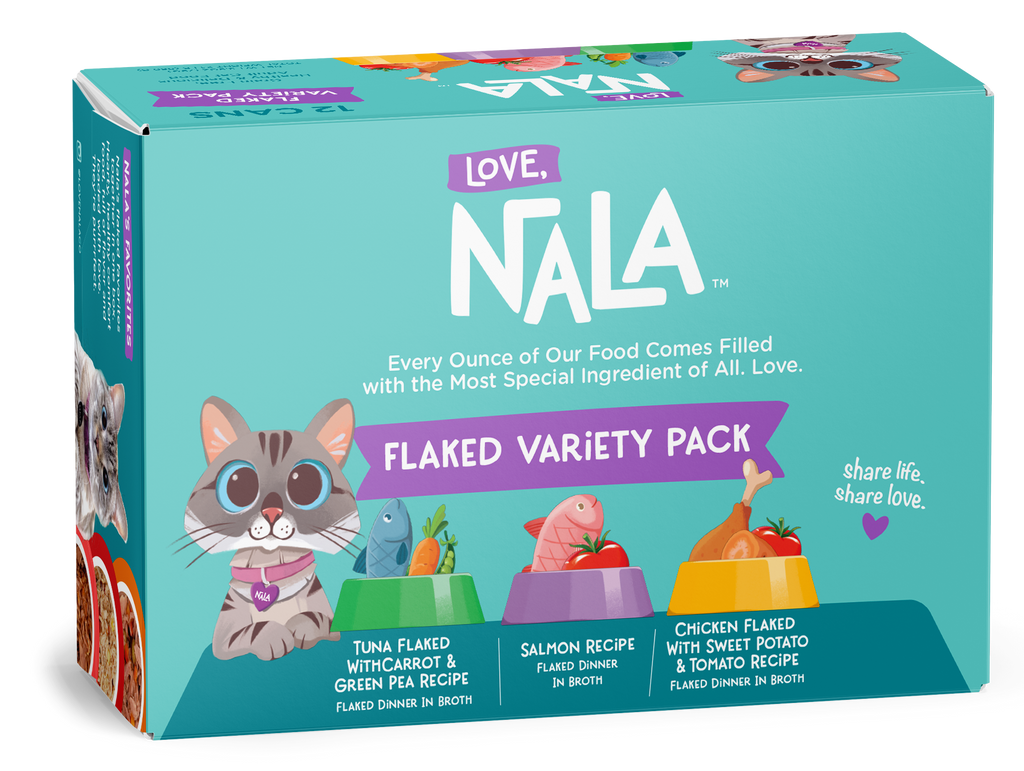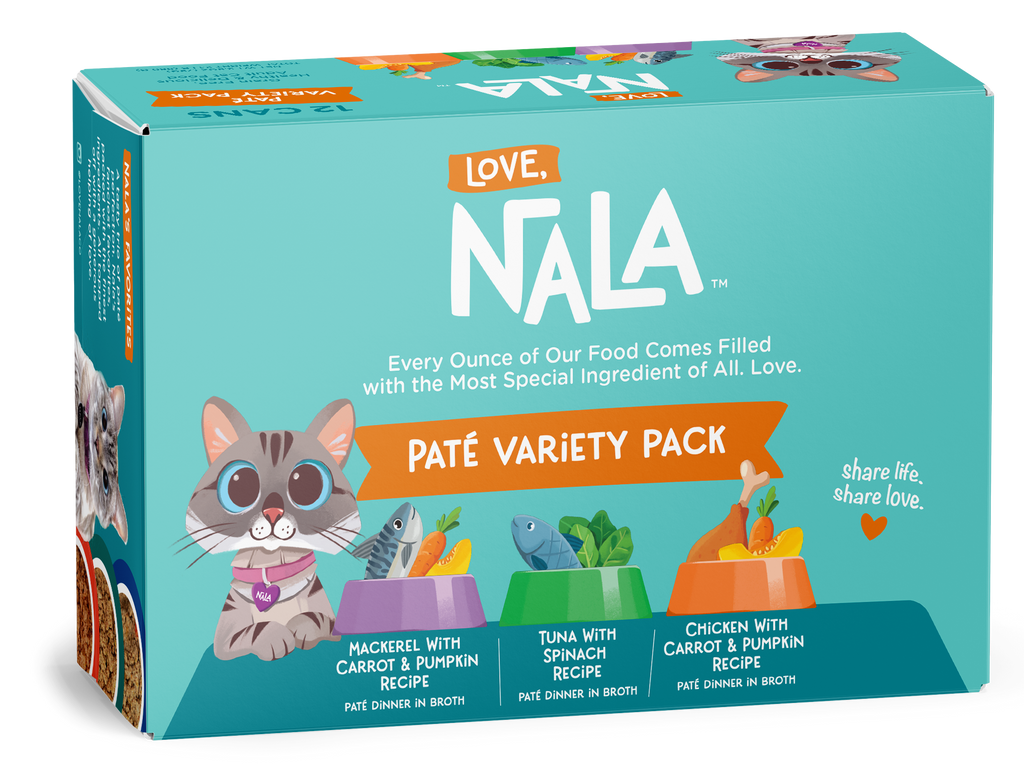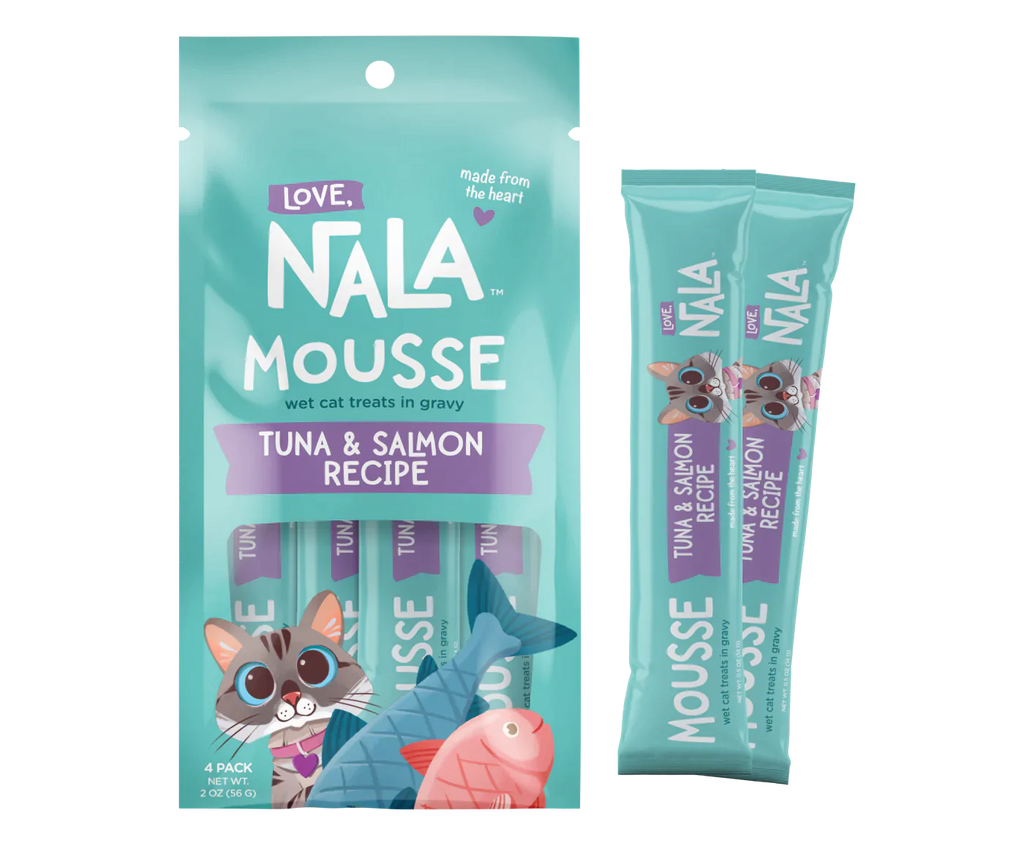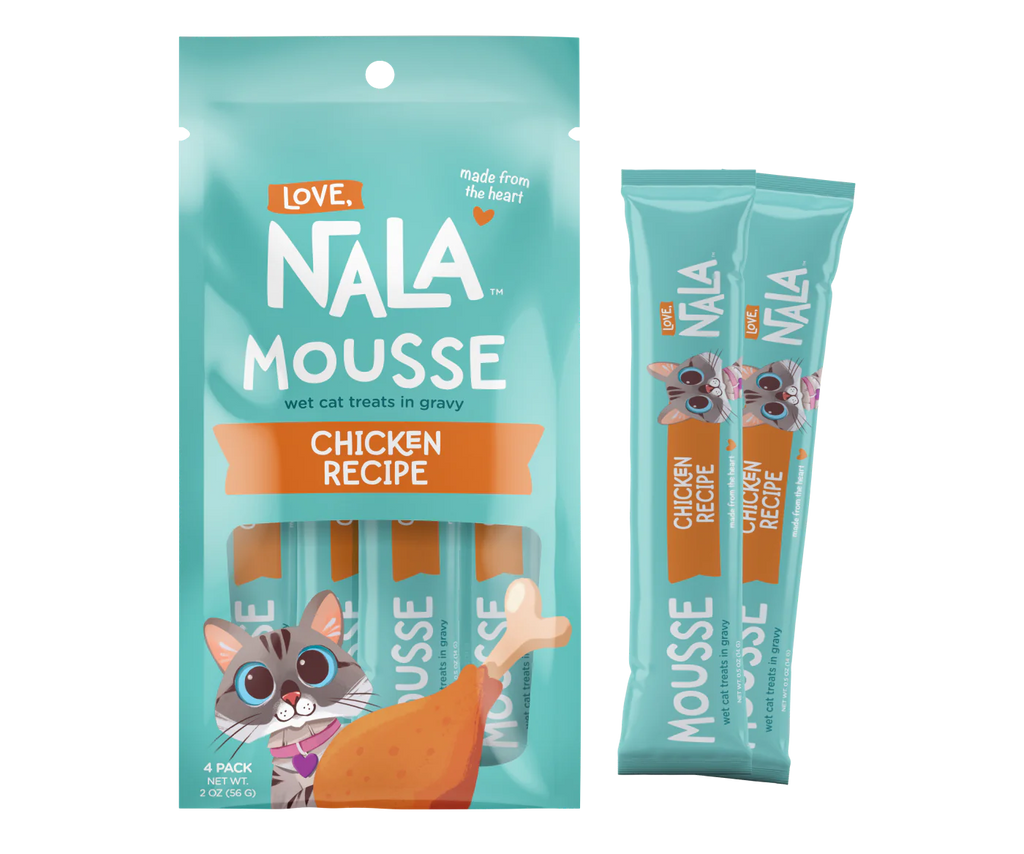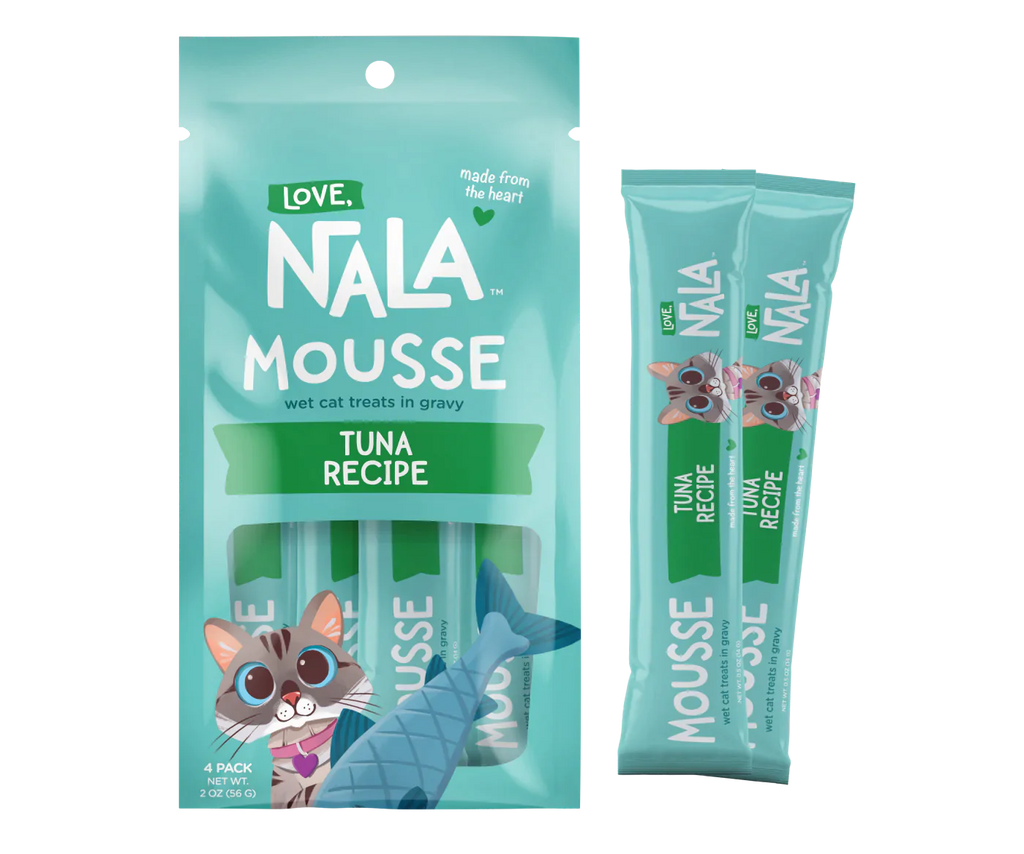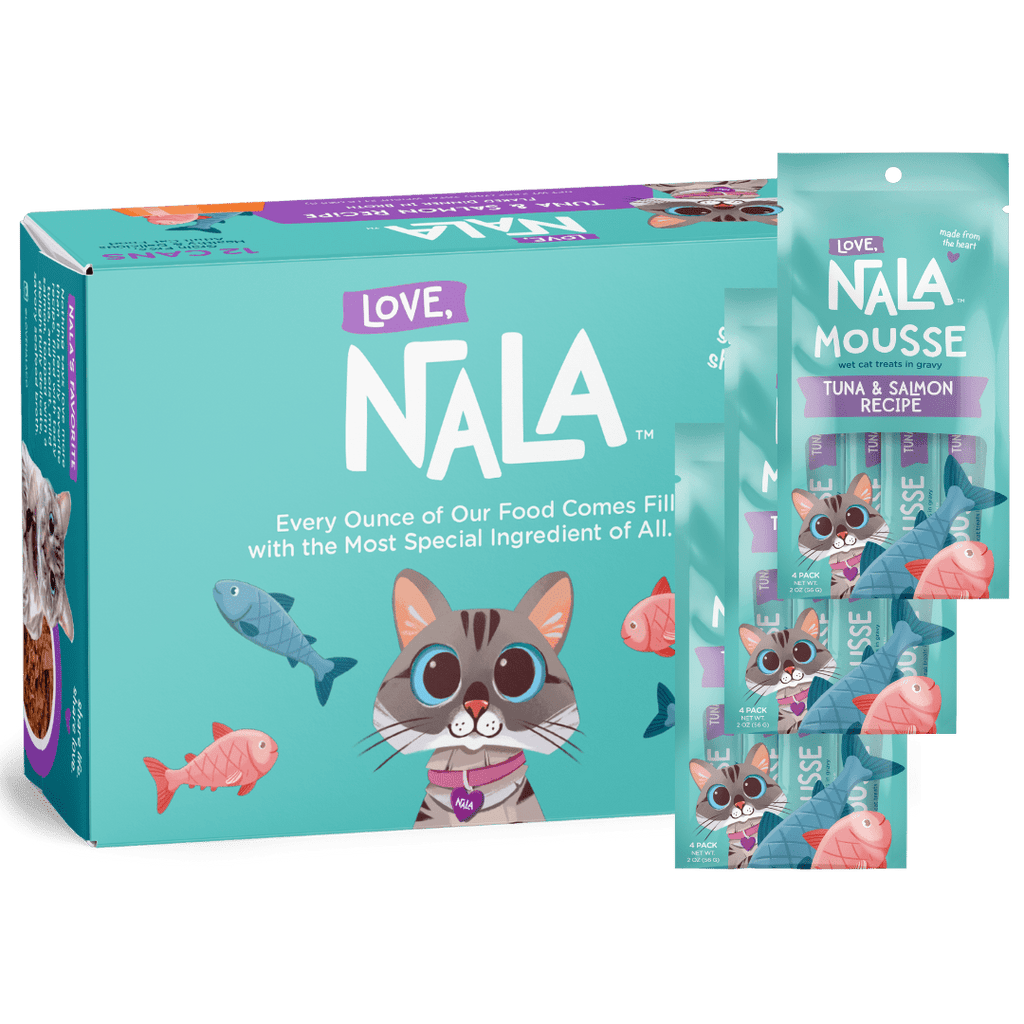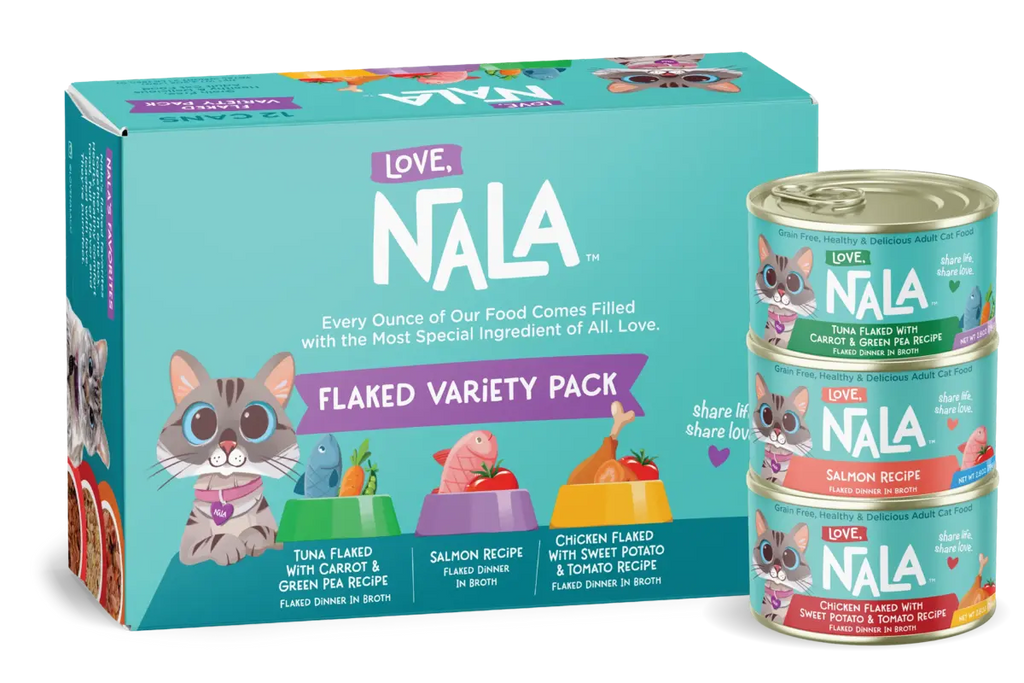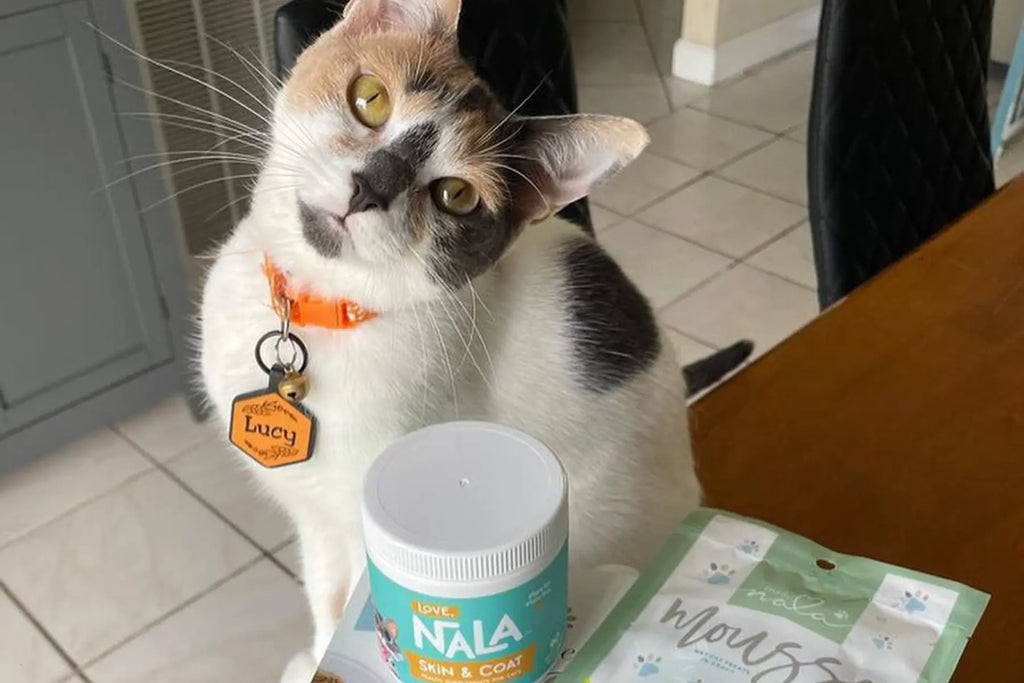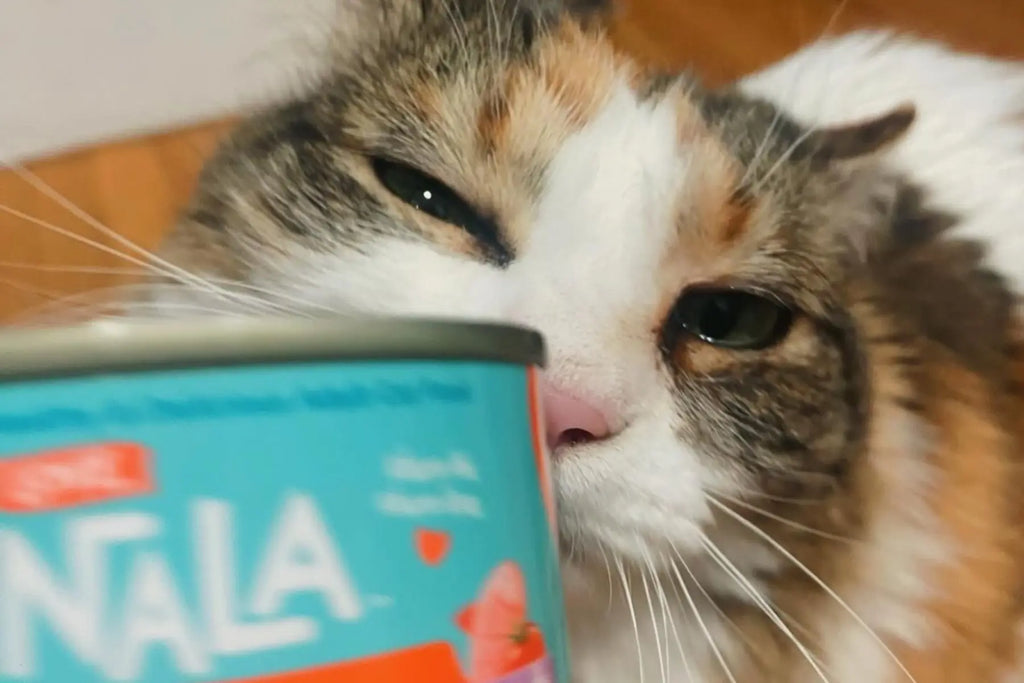 Cats, as obligate carnivores, have unique nutritional needs that must be met to ensure their health and well-being. The foundation of healthy foods for cats revolves around high-quality protein sources, typically from meat or fish. Unlike humans or even dogs, cats require certain amino acids and vitamins that are only found in animal products. Additionally, a proper balance of fats, carbohydrates, vitamins, and minerals is crucial. When choosing healthy cat food, it's important to look for options that are specifically formulated for cats, as their dietary requirements differ significantly from other pets.
Cats, as obligate carnivores, have unique nutritional needs that must be met to ensure their health and well-being. The foundation of healthy foods for cats revolves around high-quality protein sources, typically from meat or fish. Unlike humans or even dogs, cats require certain amino acids and vitamins that are only found in animal products. Additionally, a proper balance of fats, carbohydrates, vitamins, and minerals is crucial. When choosing healthy cat food, it's important to look for options that are specifically formulated for cats, as their dietary requirements differ significantly from other pets.The World of Healthy Cat Treats
When it comes to pampering our feline friends, healthy cat treats are a fantastic way to show love while also contributing to their well-being. The key is to choose treats that are as nutritious as they are delicious. Look for treats that list real meat or fish as the first ingredient, ensuring they are high in protein. Avoid those with excessive fillers, artificial colors, or preservatives. Moderation is key; treats should only constitute a small percentage of your cat's total caloric intake to avoid weight gain.
Incorporating healthy cat treats into your pet's diet can have multiple benefits. Beyond the sheer enjoyment they provide, these treats can aid in training and reinforcing good behavior. They can also serve as a vehicle for supplements or medications when necessary. Cats are known for their discerning palates, and this extends to their treats. Many cats prefer treats that mimic the texture and flavor of their natural prey, such as freeze-dried meats or fish. These options not only satisfy their instinctual cravings but are also packed with natural nutrients. For cats who enjoy a bit of variety, there are treats available in different flavors and textures, from crunchy to soft. Always observe your cat's reaction to new treats to understand their preferences better.
While treats are an enjoyable addition to a cat's diet, it's crucial to balance them with their overall nutritional needs. This balance ensures that the majority of their nutrition comes from their main diet, whether it be dry healthy cat food or healthy wet cat food.
Evaluating Nutritious Dry Cat Food Options
When it comes to nourishing our feline friends with dry cat food, prioritizing the ingredient composition is paramount. Quality dry cat food distinguishes itself by listing real, identifiable meats—such as chicken, turkey, or various fish—prominently as the primary ingredient. This emphasis ensures that the food not only appeals to a cat's natural carnivorous diet but also provides a high level of nutrition. Foods that specify whole meats and named meat meals offer a more potent source of protein because these ingredients undergo less processing, retaining more of their original nutritional value. Here are the detailed nutritional benefits of superior dry cat food options:
- Protein-Rich: A standout feature of quality dry cat food is its high animal protein content, which is indispensable for the health and well-being of cats. Proteins are the building blocks of muscle tissue and play a critical role in virtually all biological processes within a cat's body. A diet rich in high-quality animal proteins supports muscle maintenance, aids in the repair of body tissues, and can contribute to a healthier, more active lifestyle for cats of all ages. Ensuring that your cat's diet is rich in proteins derived from real meat supports their overall health and vitality.
- Dental Health: Another advantage of premium dry cat food is its contribution to dental health through its crunchy texture. Chewing on the hard pieces of food helps to mechanically remove tartar and plaque buildup on the cat's teeth, potentially reducing the risk of dental diseases such as gingivitis or periodontal disease. Regular consumption of dry food can complement a cat's dental hygiene routine, although it should not replace regular dental care practices such as brushing or professional cleanings.
- Long Shelf Life: The convenience factor of dry cat food cannot be overstated. Its minimal moisture content ensures that it can be stored for long periods without spoiling, making it an economical and hassle-free choice for pet owners. This long shelf life reduces waste and makes it easier to buy in bulk, ensuring that a quality meal is always on hand for your feline companion. Moreover, the ease of storage and the ability to measure precise portions contribute to the effective management of your cat's dietary needs.
- Energy-Dense: Finally, quality dry cat food is energy-dense, providing a concentrated source of calories that can be particularly beneficial for active and playful cats. The higher calorie content supports their energy requirements and helps maintain their vitality. This characteristic makes dry food an excellent option for cats with higher energy needs, such as young kittens or outdoor cats, as it efficiently fuels their adventurous and playful activities.
Selecting a high-quality dry cat food is a decision that can significantly impact your cat's health and happiness. By focusing on foods that prioritize real meats and offer comprehensive nutritional benefits, you can ensure that your feline friend enjoys a diet that's not only satisfying and tasty but also supportive of their overall well-being. Whether it's aiding in muscle maintenance, dental health, convenience, or energy provision, the right dry cat food is out there to meet the needs of every cat.
To select the dry healthy cat food that best supports your cat's health, it's essential to scrutinize the ingredient list. Ingredients to be cautious of include excessive amounts of by-products, corn, wheat, or soy. While these may be common in many pet foods, they often serve as fillers with minimal nutritional value to your cat. By-products, specifically, can be a contentious topic. While they can provide some nutrients, the inconsistency in quality and nutritional density makes them less desirable compared to whole meats.
Grains are not inherently bad for cats, but the type and quality of grain matter significantly. Whole, unprocessed grains such as brown rice or barley are preferable when included. These grains offer fiber, which can aid in digestion, and supply essential nutrients that can support overall health. However, the quantity of grains should be minimal, as the primary focus of a cat's diet should be high-quality protein from animal sources.
Comparing Dry and Wet Cat Food for Optimal Health
The debate between dry healthy cat food and healthy wet cat food often centers on their unique health benefits. As previously mentioned, dry food, with its crunchy texture, can be better for dental health, reducing the risk of plaque and tartar buildup. On the other hand, wet food has a higher moisture content, which is especially important for cats prone to urinary tract issues.

Hydration is a critical component of feline health, and healthy wet cat food excels in this area. The high moisture content in wet food is crucial for cats, particularly those that do not drink enough water, helping to prevent kidney and urinary tract issues. Wet food also offers a variety of textures and flavors, catering to different taste preferences, which can be particularly appealing to older cats or those with dental issues who find softer food easier to eat.
When deciding between dry and wet cat food, consider your cat's health, lifestyle, and preferences. While some cats may thrive on dry food alone, others may benefit from a combination of both. Cats with specific health issues like diabetes might require a predominantly wet food diet. It's also worth considering your lifestyle and what is feasible in terms of feeding routines and budget. Consulting with a veterinarian can provide valuable guidance in making an informed choice that best suits your cat's individual needs.
The Importance of Healthy Wet Cat Food
Wet cat food offers a delightful variety of textures and flavors that cater to the diverse palates of cats. From pâté to chunks in gravy, the different forms can entice even the pickiest eaters. This variety not only keeps mealtime interesting for cats but can also be an essential factor in ensuring they receive a balanced diet. Different flavors and textures can stimulate a cat’s appetite, which is particularly important for older cats or those with health issues that may affect their eating habits. Below are key aspects of selecting wet foods for specific health benefits:
- Kidney Health: For cats with kidney issues, selecting wet food that is low in phosphorus can be crucial. Kidneys are responsible for filtering waste, and a diet low in phosphorus helps reduce the workload on these organs, potentially slowing the progression of kidney disease. Foods formulated for kidney health often also have reduced protein levels and are enriched with antioxidants to support overall kidney function.
- Weight Management: Cats that are less active or overweight can benefit from wet food formulas with a lower fat content. Managing a cat's weight is essential for preventing obesity-related health problems such as diabetes, arthritis, and heart disease. Wet foods designed for weight management are not only lower in calories but are also formulated to ensure that the cat feels full and satisfied, helping to curb overeating.
- Digestive Health: Cats with sensitive stomachs or digestive issues may require wet foods formulated with prebiotics or easily digestible ingredients. These formulas are designed to support a healthy gut flora and ensure easy digestion, reducing the chances of upset stomachs, diarrhea, or constipation. Keeping a cat's digestive system healthy is key to ensuring they can absorb and utilize all the nutrients in their food.
- Senior Cats: As cats age, their nutritional needs change. Wet food formulas designed for senior cats often include supplements that support joint health, such as glucosamine, as well as other nutrients tailored to the needs of older felines. Additionally, because these foods are typically softer, elderly cats with dental problems or diminished appetite may find them simpler to chew.
- Allergies: Cats with food sensitivities or allergies require special attention to their diet. Hypoallergenic wet food options are crafted to eliminate common allergens, providing relief for cats with adverse food reactions. These foods are made with limited ingredients and are often free from artificial colors and preservatives, helping to reduce the risk of allergic reactions and promote overall health.
Choosing the right wet food is a key aspect of caring for a cat, impacting everything from their hydration levels to their specific health needs. By selecting a diet that addresses their unique requirements, cat owners can help ensure their pets lead healthy, happy lives. Whether it’s supporting kidney health, managing weight, easing digestion, catering to the needs of senior cats, or avoiding allergens, the right wet food can make all the difference.
Tailoring Nutrition to Your Cat's Needs
Every cat is unique, and understanding their specific dietary requirements is key to providing the best diet for cats. Factors such as breed, age, health conditions, and lifestyle play a significant role in determining the right diet. For instance, some breeds may be prone to certain health conditions that can be managed or alleviated with a specialized diet. Additionally, cats with outdoor access may require more calories compared to indoor cats. It’s important to consider these individual factors when choosing between dry healthy cat food, healthy wet cat food, or a combination of both.
Cats’ nutritional needs change as they age, and their health status and activity levels also influence their diet. As mentioned before, kittens need nutrient-rich food to support their growth and development, while senior cats may benefit from diets that support joint health and are easier to digest. Monitoring your cat's health and activity levels over time is essential for making appropriate dietary adjustments.

Creating a customized diet plan for your cat involves a careful balance of their specific needs and preferences. This may include a mix of dry healthy cat food and healthy wet cat food, depending on their hydration needs, dental health, and personal taste. Some cats may prefer the crunchiness of dry food, while others might favor the moisture and texture of wet food. Additionally, consider supplementing their diet with healthy cat treats for added variety and enjoyment.
the quest for optimal feline health through nutrition is a thoughtful balance of understanding and action. As responsible pet owners, we must delve into the complexities of our cats' dietary needs, ensuring we provide them with not just food, but nourishment that caters to their innate requirements. The decision between dry healthy cat food and healthy wet cat food should not be taken lightly, as each offers distinct benefits that can significantly influence our cats' health, happiness, and longevity. By prioritizing high-quality proteins, minimal fillers, and the appropriate balance of nutrients, we can elevate our cats' meals from mere sustenance to a cornerstone of their well-being. Remember, the choice of treats, dry, or wet food is not just about preference but about understanding and meeting the unique needs of our feline companions. Tailoring their diet to these needs, with an eye on their age, health status, and personal tastes, can make all the difference in their quality of life. As we navigate the various options available, let's commit to making informed, compassionate choices that enrich the lives of our beloved pets.
